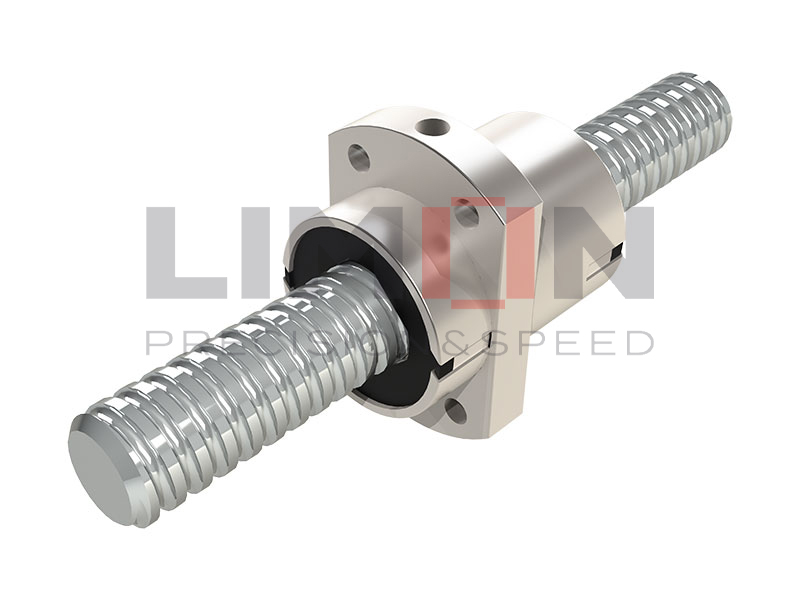When choosing components for precision motion systems, understanding the difference between linear bushing and oil-free bushing is key to ensuring optimal performance and longevity. Let’s break it down by the most important factors: lubrication, structure, application, and maintenance.
1. Lubrication Requirement
Linear Bushing
Requires external lubrication (oil or grease) to minimize friction and wear.
Essential for high-speed, high-precision applications such as CNC machines and robotics.
Oil-Free Bushing
Self-lubricating with embedded materials like PTFE or graphite.
Ideal for environments where regular maintenance is impractical or impossible.
2. Structure & Material
Linear Bushing
Composed of a metal or polymer housing with recirculating ball bearings.
Enables smooth linear motion along a guide shaft.
Oil-Free Bushing
Made from sintered bronze, engineering polymers, or composite materials.
Designed with embedded lubricants, eliminating the need for greasing.
Perfect for industries seeking low-friction motion without compromising cleanliness or operational simplicity.
3. Application & Usage
Linear Bushing Applications
High-precision machines such as:
CNC machining centers
3D printers
Automated assembly lines
Industrial robots
Oil-Free Bushing Applications
Harsh or sensitive environments:
Food processing equipment
Textile machinery
Outdoor installations
High-temperature or dusty areas
4. Maintenance Requirements
Linear Bushing
Requires regular lubrication and inspection to maintain optimal performance.
Can wear faster without proper care, especially in high-load systems.
Oil-Free Bushing
Maintenance-free thanks to integrated lubricants.
Reduces downtime and operational interruptions.
What Are Linear Bushings Made Of?
Choosing the right linear bushing material is crucial to match load, speed, and environmental requirements:
Bearing Steel (e.g., SUJ2, 52100 Steel)
High hardness, excellent wear resistance.
Common in high-speed, high-load applications.
Stainless Steel (e.g., SUS440C, SUS304)
Corrosion-resistant; ideal for cleanroom and food-grade settings.
Bronze (e.g., Sintered Bronze, Phosphor Bronze)
Often used in self-lubricating bushings, especially oil-free types.
Plastic (e.g., PTFE, POM, PA, UHMW-PE)
Lightweight, low-friction, chemically resistant.
Best for dry or corrosive environments.
Composite Materials
PTFE-coated metals or fiber-reinforced polymers offer longer life cycles, low friction, and self-lubricating functionality.
Final Takeaway
The choice between linear bushing and oil-free bushing comes down to precision needs, maintenance capacity, and environmental conditions:
Choose linear bushings when you need precise, smooth linear motion in clean, controlled environments.
Opt for oil-free bushings when you require maintenance-free operation in rugged or sensitive conditions.
Both solutions have their place in modern manufacturing—and selecting the right one ensures better performance, lower costs, and longer equipment life.




